The actual work of SEO is extensive and relates to many different aspects of a website:
SEO – Dictionary
The SEO Handbook
SERP: “Search Engine Results Page”
Is a literally translated search engine results page, any Google page that appears after you enter the phrase or phrases to search.
Request:
It is any search that is performed on the search engine. When you enter one or more words in the Google search box, you run a query.
Keywords: “keywords” (or keywords)
Are the words you enter in the search box when you run a query. By keywords is meant not only single words, but also sentences, for example the search “plumbing shop in vejle” is a keyword.
Robot: (also called spider or crawler)
Is the software that search engines use to automatically analyze all the sites on the internet. The robots run continuously to scan the entire internet by going from side to side using links. They make a text copy of all the documents visited and paste them into an index (see indexing). The Google robot is called Googlebot.
Indexing:
This is the process that occurs when the robot adds websites to the database of its search engine and then returns it, sorted in a ranking (see ranking) according to its relevance to the keyword when a query is made.
Ranking: “Ranking position”
Is the position in the organic results in relation to a particular query. When we enter a keyword, the search engine returns a SERP of results sorted by relevance across the pages indexed with relevance to the keyword. Any element, internally or externally on the site, that affects ranking is called a “ranking factor”.
Optimization:
With SEO, optimization means facilitating the work of the robots as much as possible, by giving them easily accessible content and making it easier for the robot to understand the topic covered by the web page / website.
Positioning:
Consists of improving the ranking of a site / webpage in search engine results relative to specific keywords. Positioning (or improving it) is the natural consequence of optimization.
Anchor text:
Refers to the word or words used when linking to a page with a link. In essence, it is the visible (therefore clickable) part of a link. This is what an HTML link looks like:
<a href=”https://www.domain.com> This is the anchor text </a>
In general, if you have many links pointing to your site with a specific keyword in the anchor text, Google will consider you important in relation to that keyword, therefore you will have a better chance of placing yourself at the top with that keyword. But at the same time having too many links with the same anchor text can trigger anger from Google Penguin.
Backlink:
Backlinks (also called inbound links) are the links that point to your site. It is important to keep track of the number of backlinks as they affect the ranking of your site in the search engines.
Backlink analysis:
A Backlink Analysis is the very process of examining links to your site and your competitors’ sites to determine how much authority it has in the eyes of Google. In general, if a site receives many links, it is considered as a signal that this site has a high authority and will have a better chance of ranking well in the search engine ranking.
Algorithm:
Usually when someone working with SEO talks about algorithms, reference is made to Google’s algorithm which is the system that determines the ranking of pages for specific keywords.
ALT:
ALT text is alternate text attached to an image. In essence, the alt text ensures that the web page is visible and accessible and that no functionality is lost even if the user has disabled the images or uses a text screen reader. The alt attribute is the description of an image in HTML. For example, people with visual impairments can understand the meaning of the image thanks to this attribute. This is what it looks like in HTML:
<img src = “https: //domain.com/images/mobile-cover.jpg” alt = “nice cover for Samsung” />
Bounce rate: “Bounce rate”
The bounce rate represents the percentage of visits where people have left the site by visiting a single page. The bounce rate can be used to measure a site’s effectiveness. A high bounce rate may be due to the content of your site, but also to usability issues.
However, the bounce rate is not necessarily negative because it is also possible that users immediately found the information they were looking for.
Conversion rate:
In short, the conversion rate refers to the number of online visitors who contact you or buy on a site, etc .. In an e-commerce site, it can mean the purchase of a product, but it can also refer to the submission of a form (contact form). For example, if a site that sells shoes has 200 visitors per page. Today, and 10 of them are actually buying a pair of shoes from this site, the site’s conversion rate is 5%. The conversion rate is a strong indicator of a site’s success.
CPC:
CPC stands for “cost per click” and refers to the actual price to be paid for each click in a (PPC campaign). CPC is important in determining the success of paid campaigns like those made with Google AdWords.
CPM:
CPM stands for “Cost Per Thousand”. It is also called “Price per thousand impressions” and represents the cost that an advertiser pays to display 1000 (thousand) impressions of a banner or other type of advertising on a website. CPM can also be a way to find out how profitable a site is for your campaigns. For example, Facebook offers advertisers a great CPM-based method.
Dofollow / Nofollow:
Nofollow is an attribute that webmasters can use when linking to a site. It tells the search engines that they should ignore the link. A link with this attribute is therefore unnecessary for ranking purposes. Social networks are known to use nofollow for links to external sites. Links without the Nofollow attribute are called Dofollow.
Duplicate content: “Duplicate content”
Duplicate content is pages with content that is similar or identical to that found on another site. Basically, it’s when a website owner copies content from another. There are cases where content is copied for the purpose of manipulating search engine rankings. The search engines are usually able to determine which of the two sites has been copied. This usually leads to traffic losses and placement for site owners who have non-original content.
Click rate: “CTR or Click through rate”
The number of times users click on a link in search results relative to the number of impressions (the number of times they saw the link) in the search results.
Competitor analysis:
Is the process by which you can analyze your competitors’ SEO to find specific optimization strategies & opportunities that your competitors use.
Google Penalty:
Google penalty is when Google decides to penalize a site for violating search engine policies. Google penalizes by lowering the ranking in the search results for certain keywords or in the most severe cases, the site is completely removed from their index.
Google Panda:
Google Panda is the name of a series of updates to Google’s algorithm that evaluates the quality of content on a site. Websites with low quality content and a large number of advertisements see loss of positions in the serp when the algorithm is updated.
Google Penguin:
Google Penguin is the name of a series of updates to Google’s algorithm that primarily evaluate off-site optimization activities. Websites that use many unnatural link building techniques, such as low quality links, spam links, too many keyword-filled links in the anchor text, etc. see losses in search rankings.
Googlebot:
Refers to Google’s crawler. Googlebot collects information from the web to keep you updated with the Google index. Googlebot visits billions of web pages and identifies new sites, changes made to existing sites or broken links to keep Google’s index up to date.
Google disavow tool: “Backlinks Removal Tool”
Is a tool that allows you to remove links that are considered unnatural, spam or low quality. It is a tool that warns Google not to consider certain links when evaluating a site. The main problem is to identify the links that negatively affect your site correctly.
Rejecting the wrong links can lead to a drop in rankings. Identifying unnatural links can be hard work, but you can use several tools to facilitate the process.
Google Analytics:
Google Analytics is a service provided by Google that provides statistics and digital data analytics of a site’s traffic, traffic sources, conversion rates, audience segmentation, sales, bounce rate, etc.
It is an indispensable tool for marketers, content optimization and website owner. The service is free for sites that generate less than 10 million visits per day. Month.
Google Adwords: “Google Ads”
Google Ads or Google Adwords is Google’s online advertising program that allows your ad (text link, product or banner) to appear on Google and through the sites that are on their partner network, here you can have one or more ads that appear at the top of Google as sponsored links, a sponsored link on Google means that you choose to bid a price on certain words that you want to be displayed on, your prices can fluctuate between a few ears for several 100 kroner for the top rankings on Google. Payment for the ad is usually made when a visitor clicks on your ad.
Have the desired keywords, i.e. words you want to be found on big competition, you can experience big difference in prices, if you want to achieve the cheapest prices, you must do what you can to achieve the best result on your SEO and the Pages that your visitors are referred to should be fast to load and have the best content.
When we talk landing pages or landing pages as it is called in English, it is about creating the best content, here we are thinking of a good deal of text content with several good points and if possible like video content, it can also pay off to link to sources used in the text.
If you do not meet the above, you may as well refrain from investing in Google Adwords, your money is wasted if you do not do everything you can to achieve the best possible result
We always recommend that you start low and keep an eye on your investment, if you do not achieve the desired result, you can always raise your daily price and see what happens, but for the most part it pays to get your On- Page SEO and thereby achieve better prices on the top results on Google
Google Search Console: “Google Webmaster Tool”
In short, Google Search Console is a free service that gives website owners the ability to check their indexing and optimize the visibility of their site. GSC is designed to act as a communication channel between Google and its site owners and help webmasters identify the most important issues on their sites.
Inbound link: “Backlink”
Refers to an inbound link to a website or webpage. A large number of inbound links is an indicator of the importance of this site. In SEO jargon, inbound links are also known as backlinks or inbound links and the actual work with this is known as link building or building external links.
Internal link:
An internal link is a link to a web page that sends the visitor to another page in the same place (ie under the same domain).




